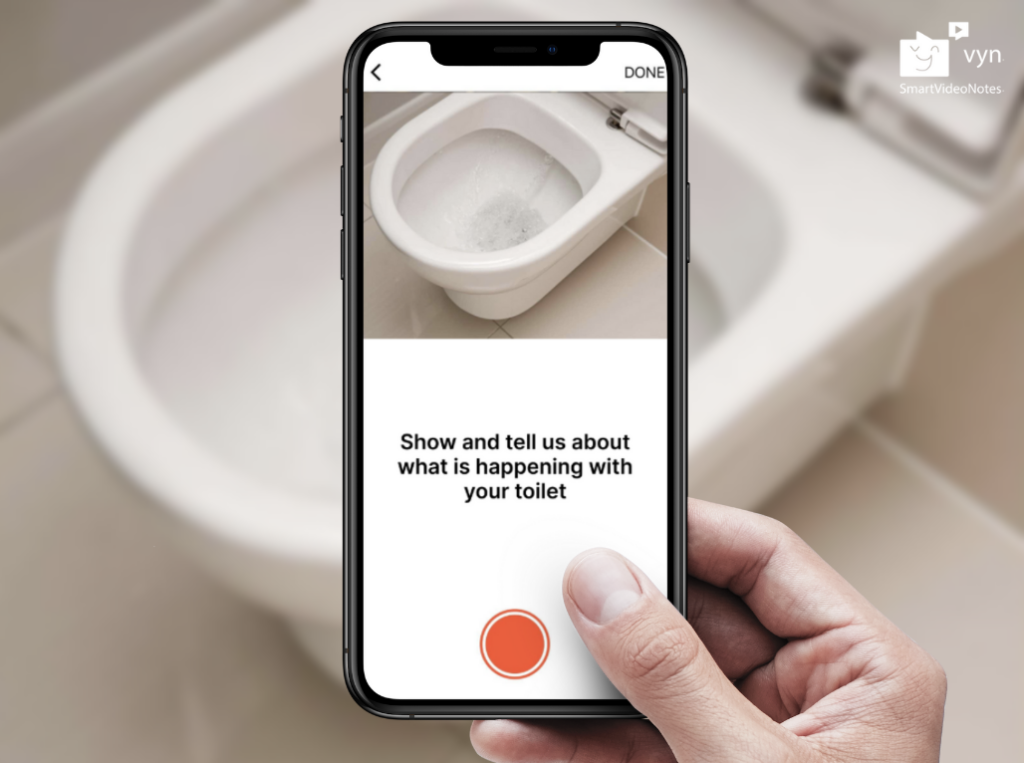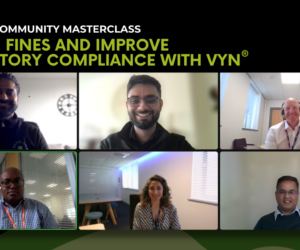
The Essence of Water Efficiency and Community Engagement
Water is an invaluable resource. With the challenges of increasing demand, climate changes, and urbanisation, its judicious use is more crucial than ever. Here’s a comprehensive guide to help water utilities manage water efficiency and actively engage with their communities:
1. Embrace a Citizen-Centric Approach
Beyond Consumers: Instead of viewing individuals as mere consumers, see them as citizens. This shift promotes a sense of collective responsibility. When people feel they’re part of a community, they’re more likely to engage in collective actions, such as water conservation initiatives.
Collaborative Problem Solving: Encourage engagement with the community – and promote the view that water efficiency is shared responsibility.
Use social engagement channels and identify community groups or citizens to help, and equip them with the tools to proactively address leaks, share experiences, and suggest solutions. This fosters a sense of ownership and involvement.

Understanding Leaks: Begin by educating the community about what constitutes a leak, the types of leaks and ownership of them.
Also explain the implications of unattended leaks on the long-term effects on the water supply. Knowledge empowers citizens to take proactive measures.
Highlighting Scarcity: Use real-world examples and statistics to communicate the reality of water scarcity. Ensure that the community understands the urgency of efficient water use and the environmental implications of wastage.
3. Simplify the Reporting Process
Ease of Reporting: The complexity of reporting a minor leak often deters individuals. Streamline the process by offering multiple channels for reporting, such as mobile apps, online portals, and helplines.
Innovative Solutions: Implement technological solutions like Vyntelligence, which allows citizens to report leaks through guided videos. This not only simplifies the process but also provides utilities with a visual insight into the issue, reducing the need for multiple site visits.

4. Foster a Collaborative Environment
Engage with Local Communities: Establish a dialogue with local communities. Understand their water-related challenges and needs. This collaborative approach can lead to more effective water management strategies.
Leverage Technology: Collaborate with tech providers to stay abreast of the latest innovations in water management and efficiency. Embrace digital transformation to enhance service delivery and customer engagement.
5. Optimize Network Infrastructure
Regular Inspections: Conduct routine checks of the water network. Use advanced sensors and monitoring systems to identify and address leaks promptly, reducing water loss and associated costs.
Ensure Quality of Work whenever the network is touched.
One of the biggest failure points in a network is when work has been or is being done. Ensuring that you have rigorous quality control and quality assurance processes in place for all field work, ensures the risks of a failed connection or component are reduced.
Invest in Durable Materials: When upgrading the network, choose materials that offer longevity and are resistant to wear and tear. This reduces maintenance costs and ensures a consistent water supply.
Plan and prepare operations carefully : Utility strikes are still far too common. Careful surveying and review of where field teams are working, including innovative solutions like the National Underground Register (NUAR) aim to reduce the incidence of this.
6. Promote Water Recycling and Reuse
Wastewater Treatment: Invest in advanced wastewater treatment technologies. This enables water recycling, reducing the strain on freshwater sources and ensuring a sustainable water supply.
Encourage Greywater Use: Advocate for the use of greywater for non-drinking purposes, such as gardening and flushing. This reduces the overall demand on the network and promotes a circular economy approach to water use.
7. The Power of Pocket Appeal
Appealing to Hearts, Minds, and Pockets: Engage the community emotionally and intellectually. Highlight the financial benefits of efficient water use. By demonstrating how proactive measures can lead to cost savings, utilities can motivate individuals to take action.
Incentives and Rewards: Introduce incentive programs or rebates for households that demonstrate efficient water use or adopt water-saving technologies. This not only encourages responsible behaviour but also provides tangible financial benefits.
Conclusion
Effective water management is a shared responsibility. By fostering a sense of community, leveraging technology, prioritising education, and tapping into the power of pocket appeal, water utilities can pave the way for a sustainable and efficient water future. As we move forward, it’s essential to remember that every drop counts, and collective action can make a significant difference.



